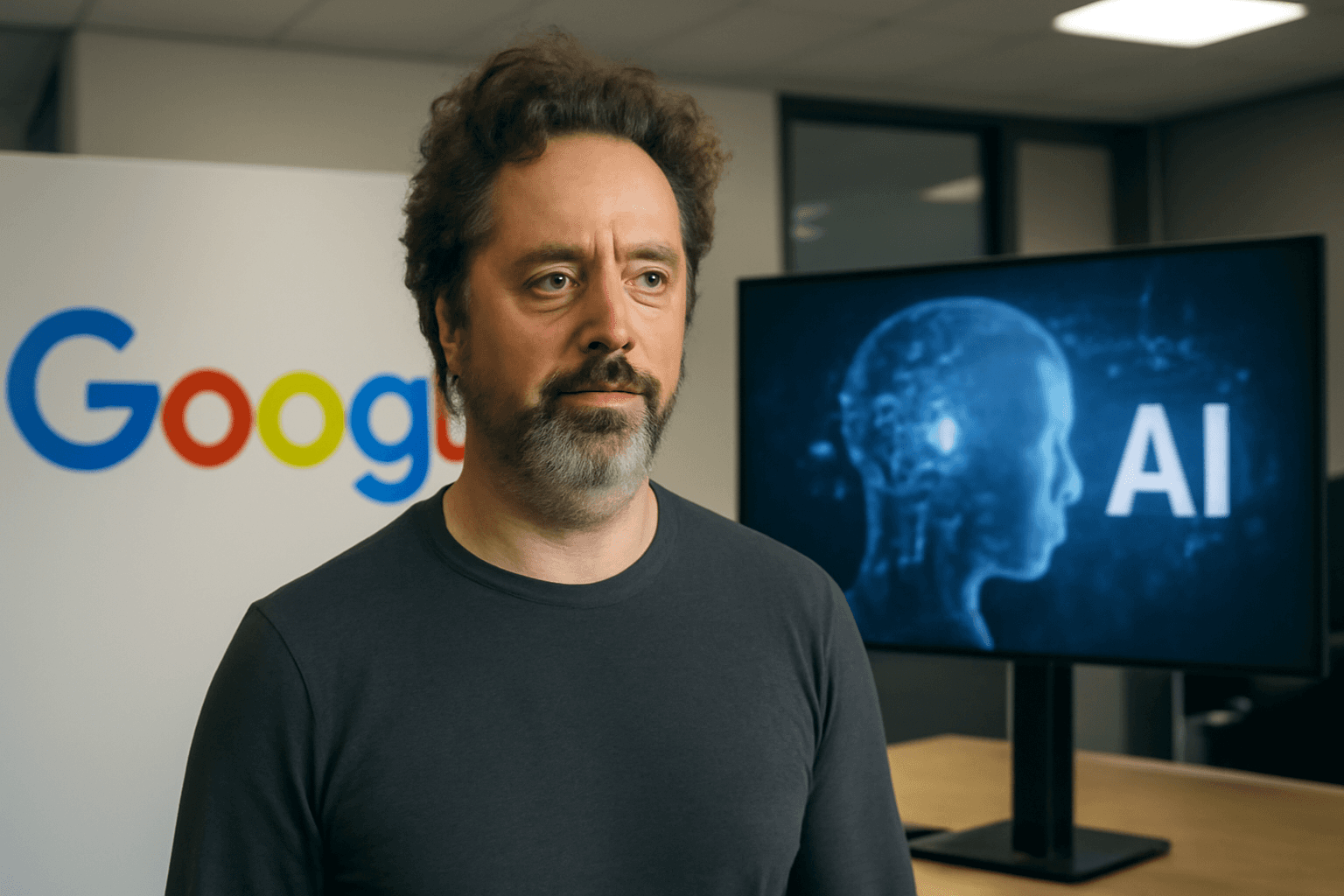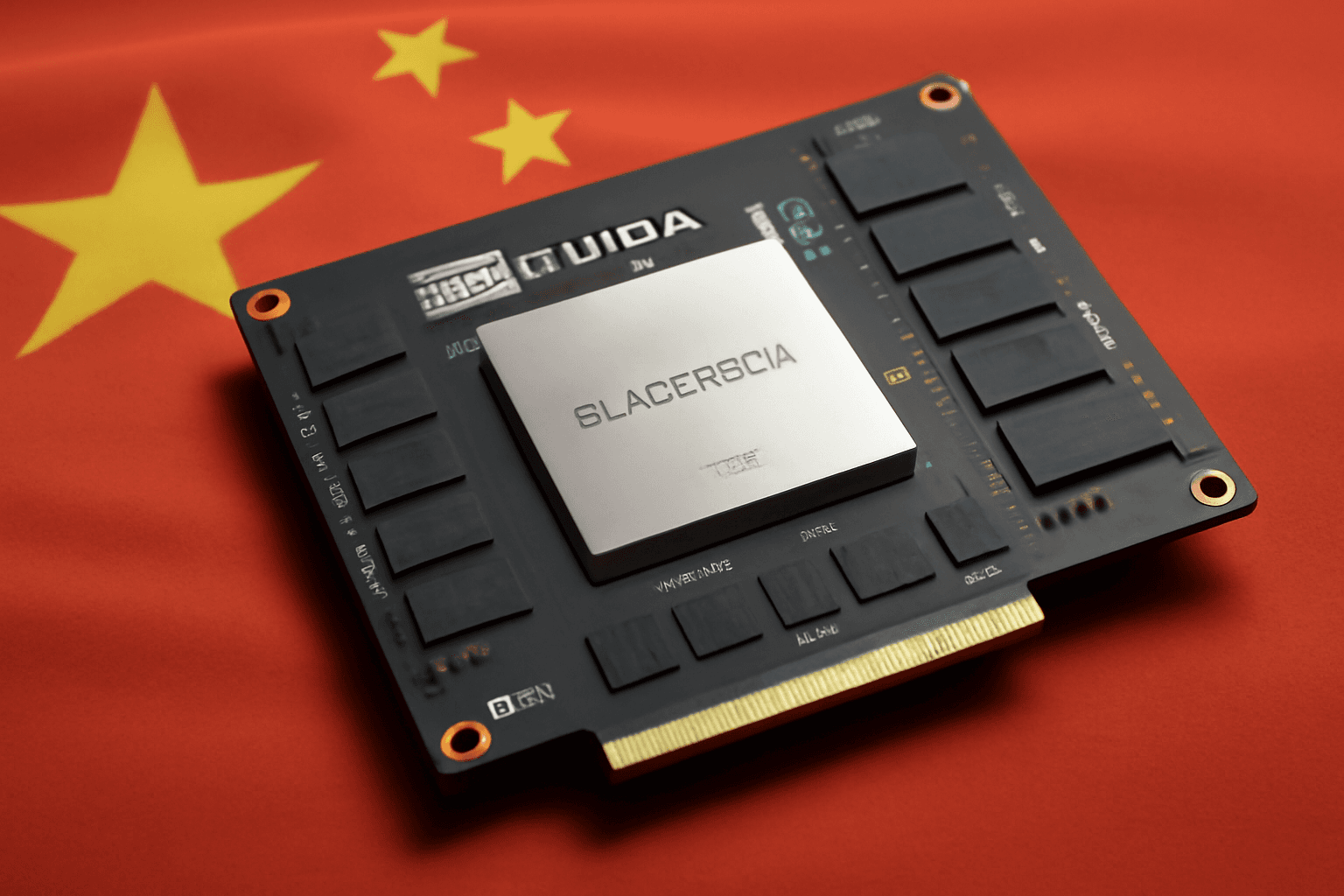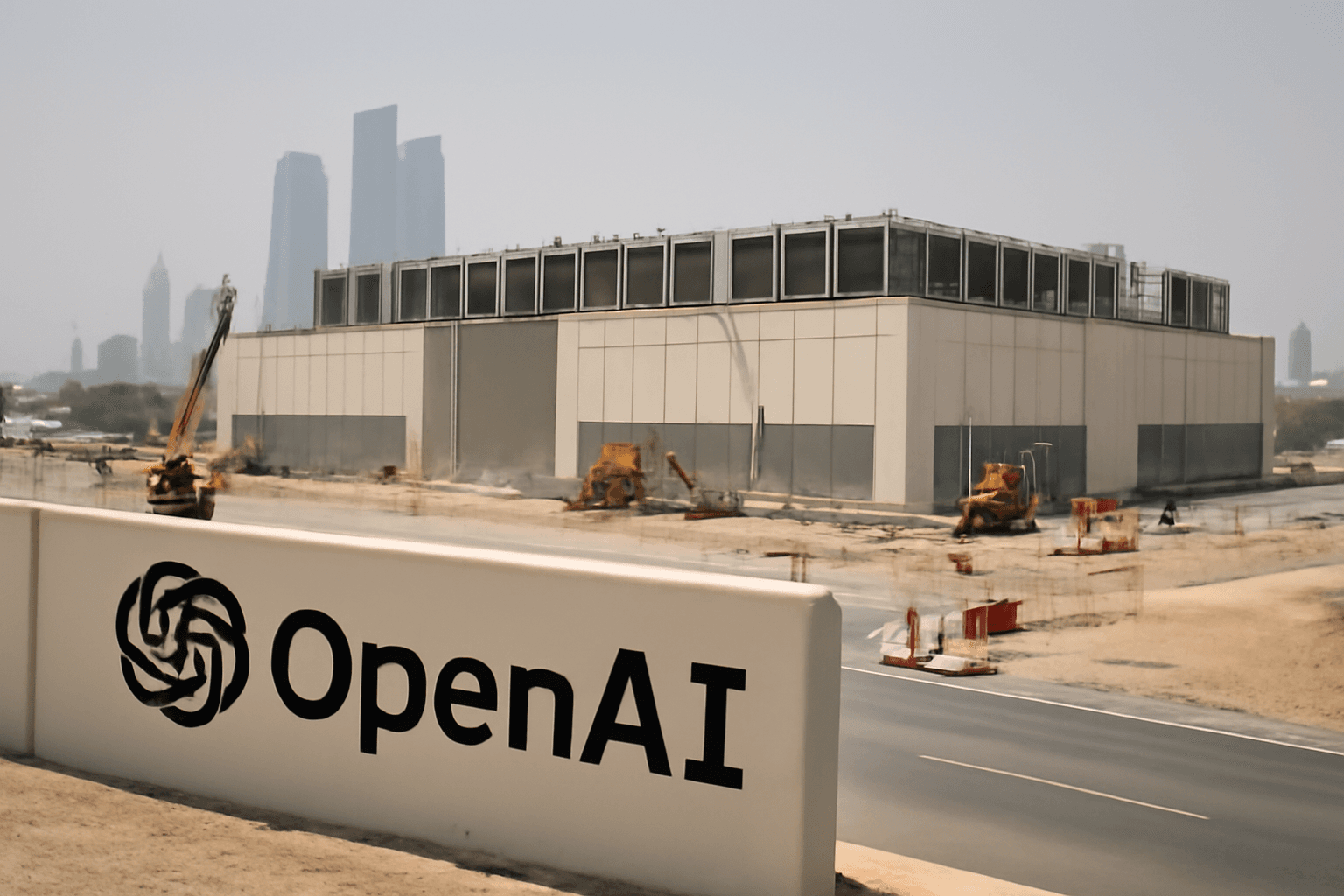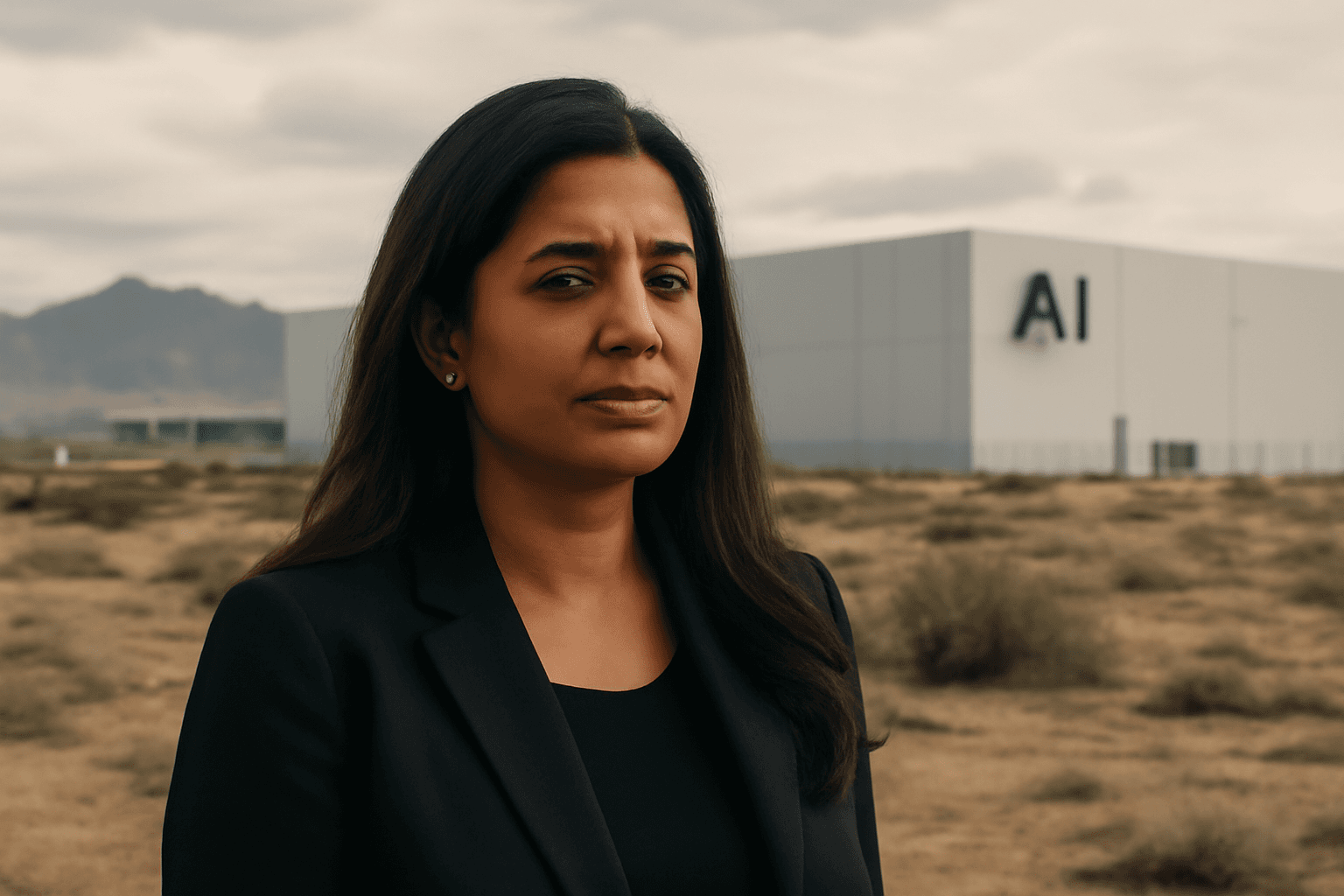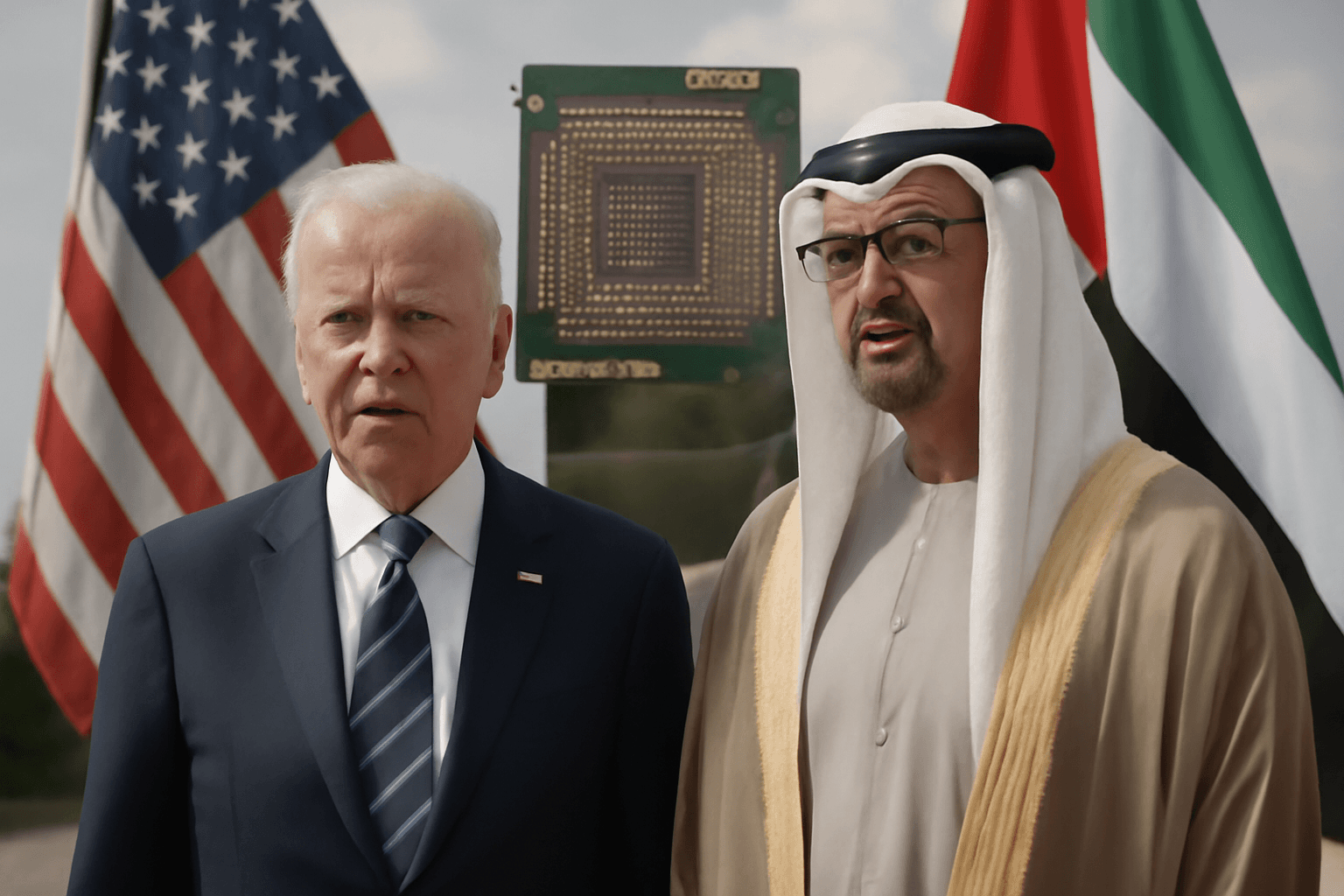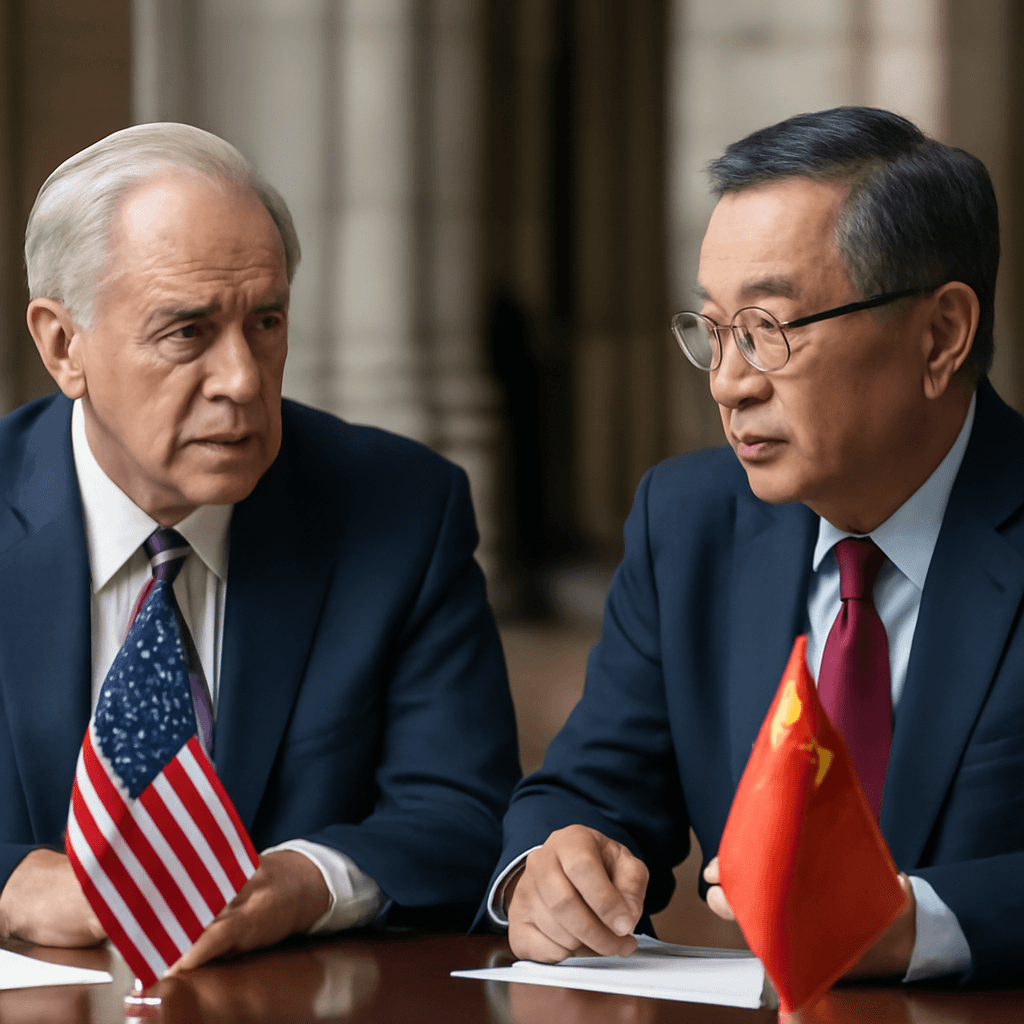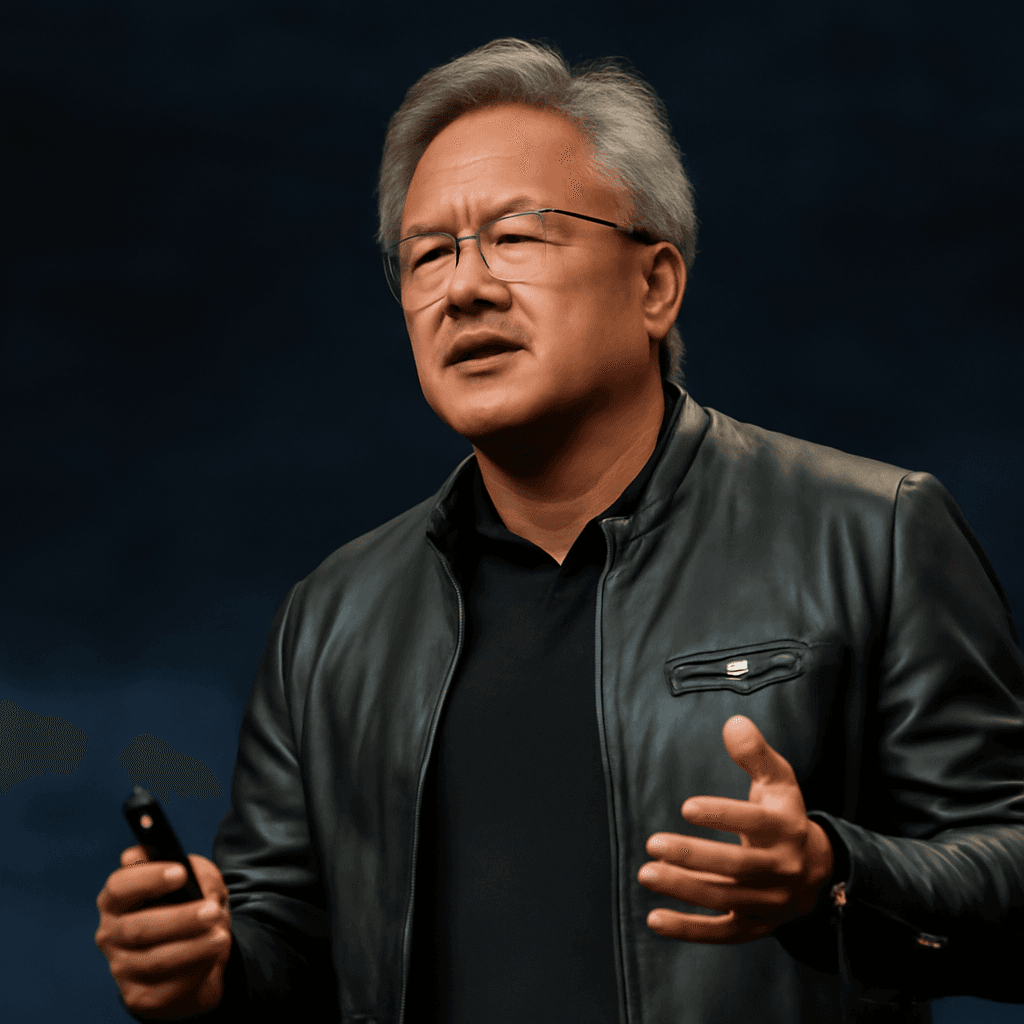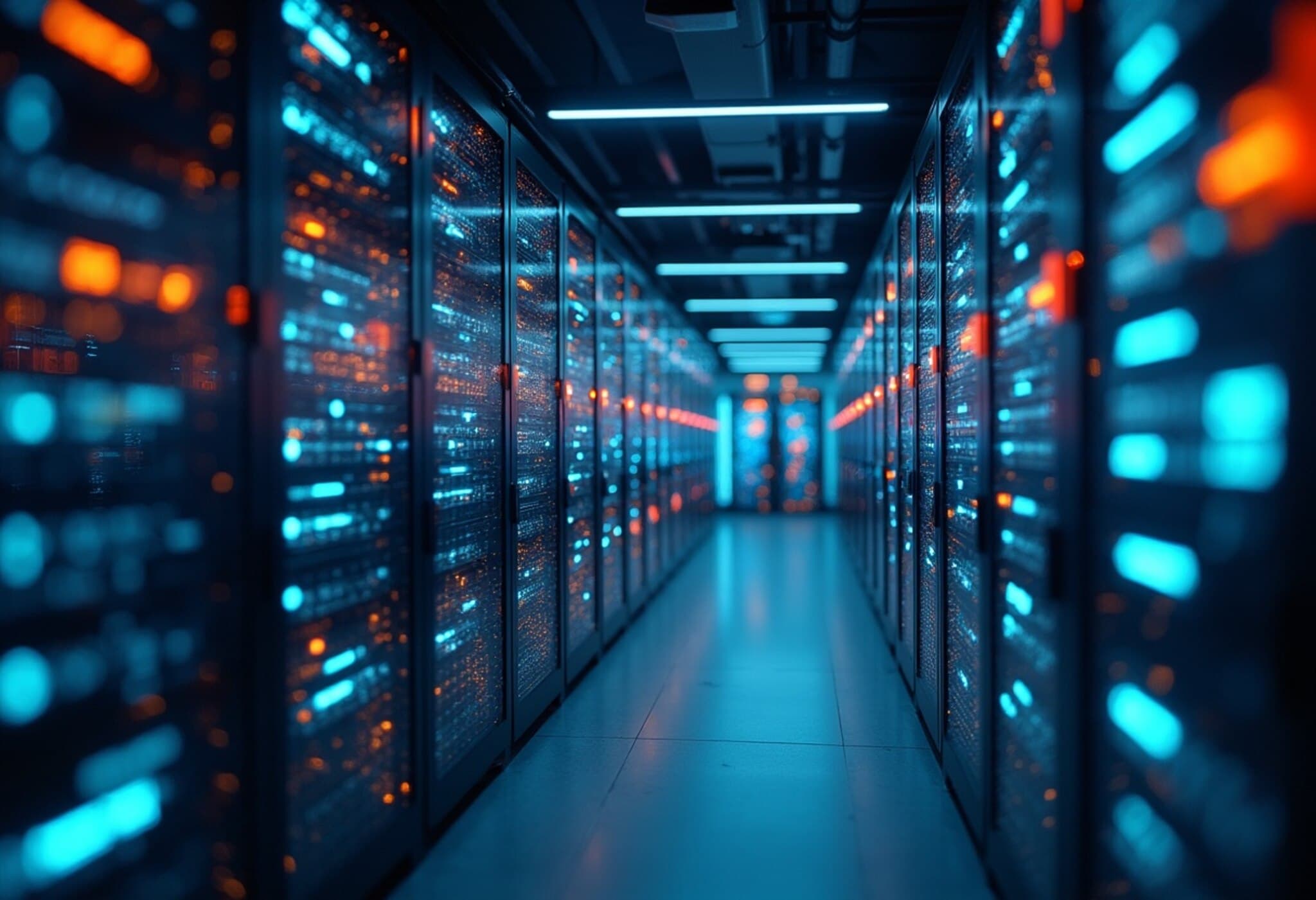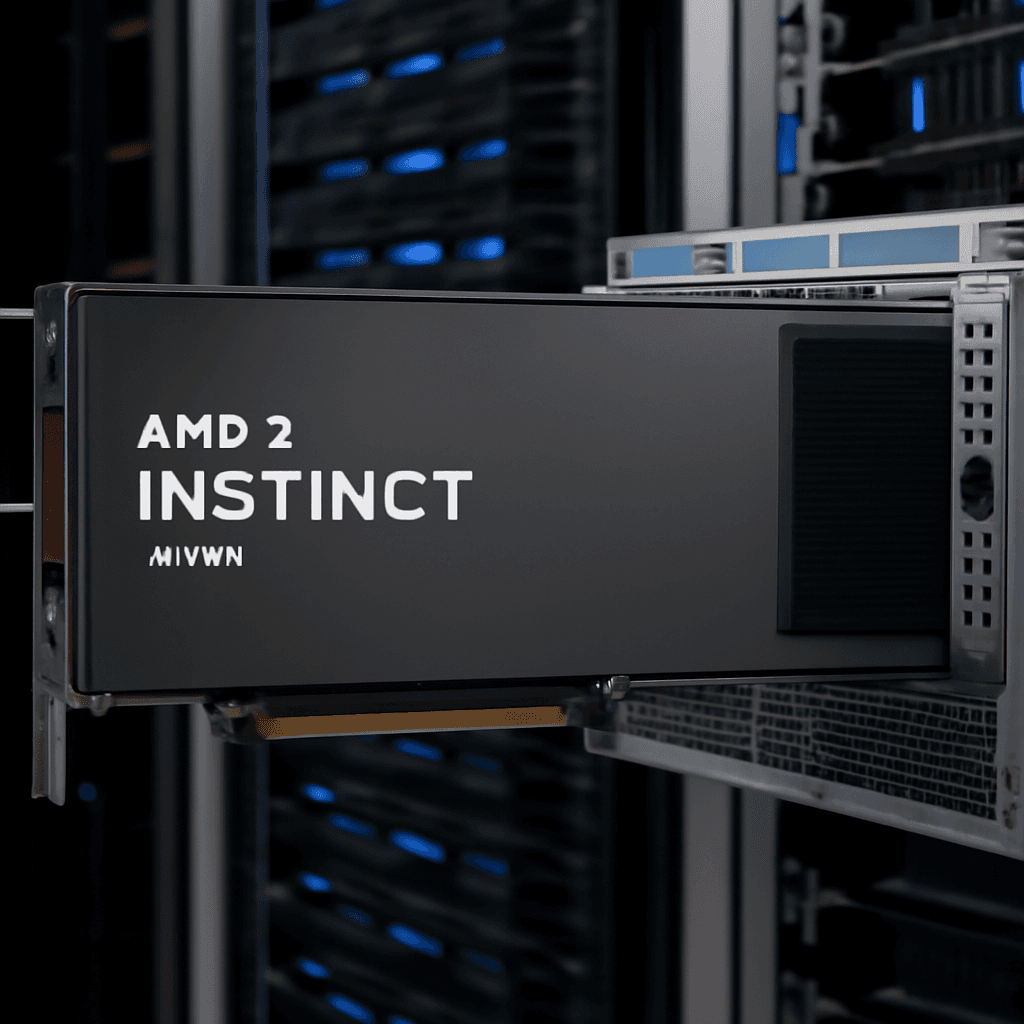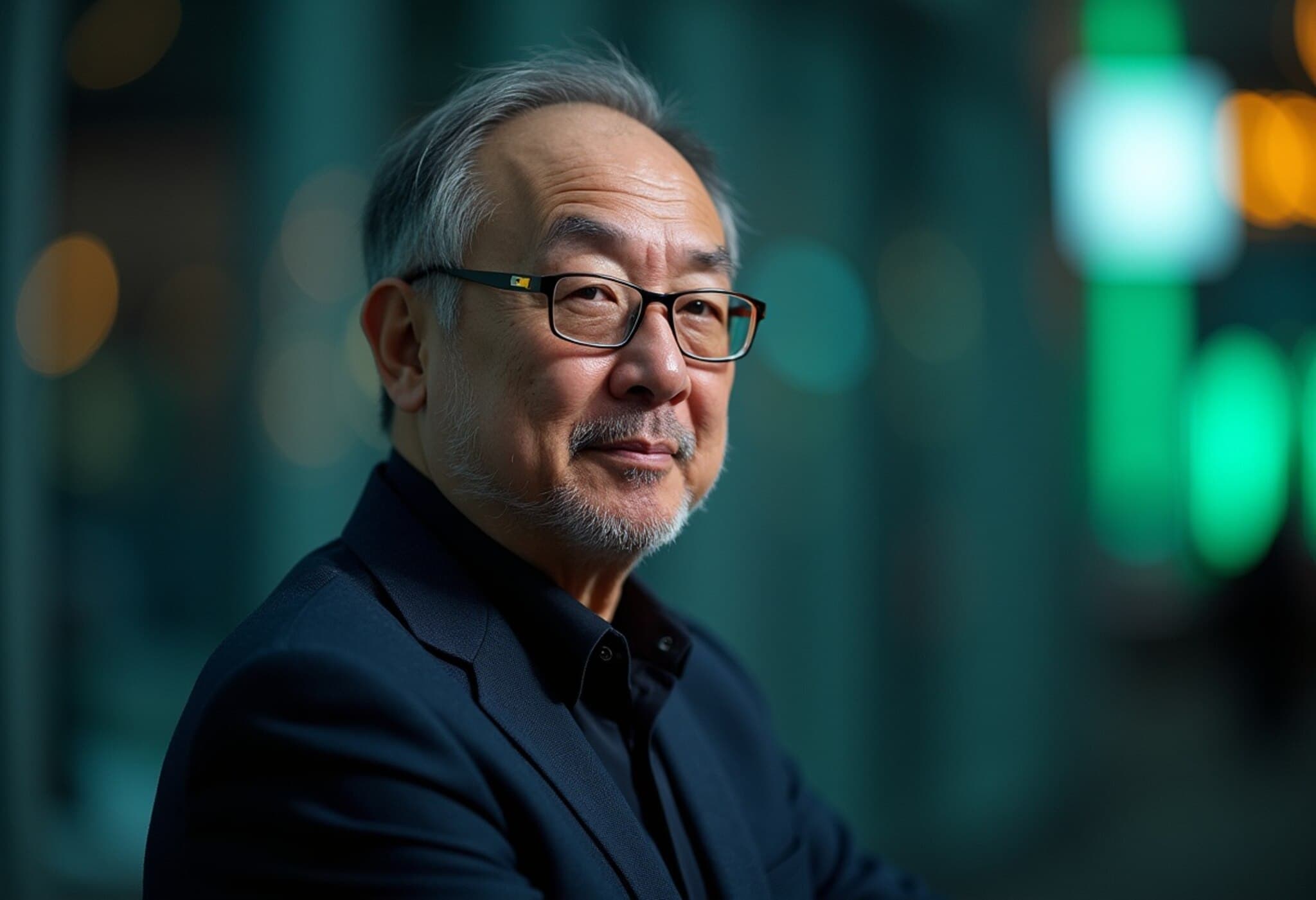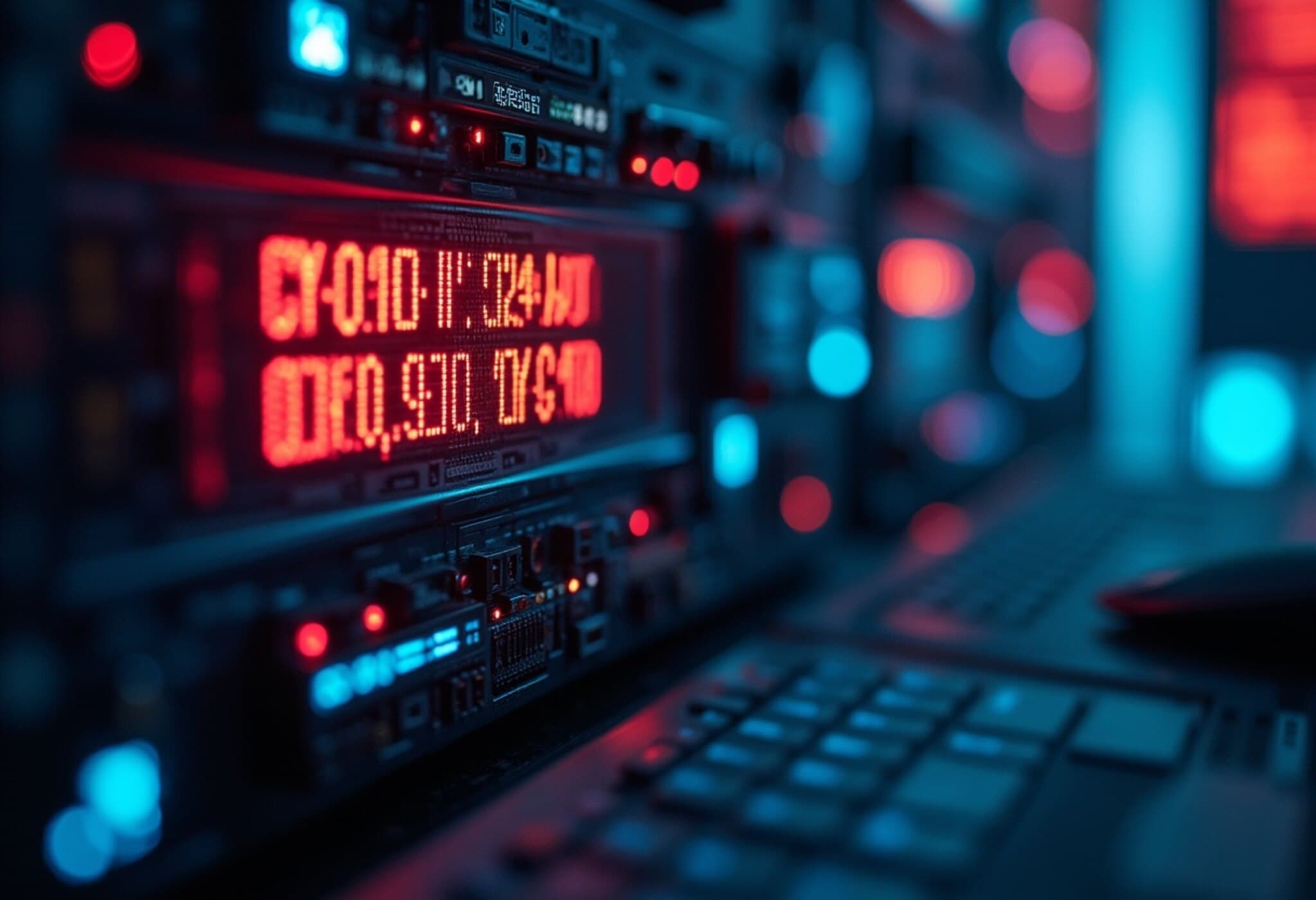Stargate Project: Ambitious AI Dream Stalls Six Months After White House Launch
In January 2025, the Trump administration unveiled the Stargate Project with grand fanfare—a historic $500 billion initiative to build a cutting-edge artificial intelligence (AI) data center infrastructure across the United States. Heralded as a transformative investment aimed at cementing U.S. leadership in AI, creating hundreds of thousands of jobs, and bolstering national security, Stargate appeared poised to reshape the technology landscape.
Six months later, however, this once-promising megaproject has yet to secure a single major data center deal and faces significant internal conflicts, casting doubt on its future.
From Bold Promises to Lingering Delays
Initially, Stargate set out an ambitious goal to deploy $100 billion in AI infrastructure rapidly, including the construction of 10 gigawatts of computing capacity spread across multiple large-scale data centers. This plan was pitched as the largest tech infrastructure build in U.S. history. But according to sources cited by The Wall Street Journal, the project's scale has been dramatically scaled back—now targeting only one smaller facility, possibly in Ohio, scheduled for late 2025.
Such setbacks stem largely from strategic disagreements between the initiative's chief partners: OpenAI and SoftBank. While each publicly asserts a united vision, insiders reveal simmering tensions around site selection and funding models, particularly regarding SoftBank's preferred SB Energy properties.
Fractured Partnerships and Independent Moves
Though Stargate lags behind, OpenAI has aggressively pursued alternative infrastructure deals, notably a separate partnership with Oracle. This collaboration alone aims to build 4.5 gigawatts of data center capacity, nearly tripling Stargate’s near-term projections.
- OpenAI’s Oracle deal encompasses massive power consumption equivalent to nearly two Hoover Dams, underscoring the scale of resources planned.
- Complemented by previous agreements (like one with CoreWeave), OpenAI's independent projects have almost matched Stargate’s initial 5 gigawatt target.
This divergence suggests OpenAI is steadfast in expanding AI infrastructure regardless of Stargate’s formal progress.
SoftBank’s Strategic Bet Amidst Uncertainty
SoftBank CEO Masayoshi Son, despite recent criticism, appears undeterred. He has reaffirmed his commitment to the AI push and hinted at increasing investments—even after SoftBank’s $30 billion commitment earlier this year led to asset sales and increased debt.
For Son, Stargate is more than a financial gamble; it’s a strategic play to reclaim relevance in the fast-changing AI sector after missing early investments in major players like OpenAI and suffering setbacks in other industries.
Meanwhile, Tesla’s Elon Musk has stoked debate by suggesting SoftBank may have mobilized less than $10 billion of the promised $500 billion, highlighting skepticism about the project's financial footing.
Public Statements Mask Private Challenges
In public forums, Son and OpenAI CEO Sam Altman have reiterated their strong partnership and commitment to rapidly expanding data center capacity. Altman described their collaboration as "wonderful," promising progress at "hyperscale and speed."
Yet, despite this optimism, Stargate hasn’t closed essential agreements, acquired land, or started construction as of mid-2025. Oracle CEO Safra Catz recently confirmed the project isn’t yet legally established, adding to doubts about its operational viability.
Political Stakes and National Ambitions
Stargate was prominently promoted by the Trump administration as a centerpiece of America’s technological resurgence. With national energy emergencies declared to cut regulatory red tape, the project was envisioned as a catalyst for economic growth and innovation.
However, the disconnect between political messaging and the sluggish pace of execution invites critical scrutiny. The project’s failure to deliver on its timelines undercuts a signature policy initiative touted as emblematic of U.S. leadership in AI.
The Road Ahead: Dream or Mirage?
Though Stargate’s monumental goals have cooled to more modest aspirations, some core elements live on independently. In Abilene, Texas, for example, AI infrastructure developments involving Oracle and OpenAI are progressing and generating thousands of construction jobs.
Yet this fragmented approach highlights a sobering reality: Stargate’s grand vision of a unified, nationwide AI infrastructure megaproject faces an uphill battle against competing corporate interests and logistical hurdles.
Whether this bold initiative will eventually pave the way for true American AI dominance remains uncertain. For now, Stargate embodies the tension between visionary ambition and the complex, slow-moving machinery of large-scale technological innovation.
Editor’s Note
The Stargate Project’s rocky start underscores the challenges in aligning public ambition, corporate interests, and logistical realities in national AI infrastructure development. As AI becomes central to economic competitiveness and security, how can policymakers better bridge these divides? And with major players like OpenAI pursuing parallel paths, what does this fragmentation mean for the U.S. in the global AI race?


